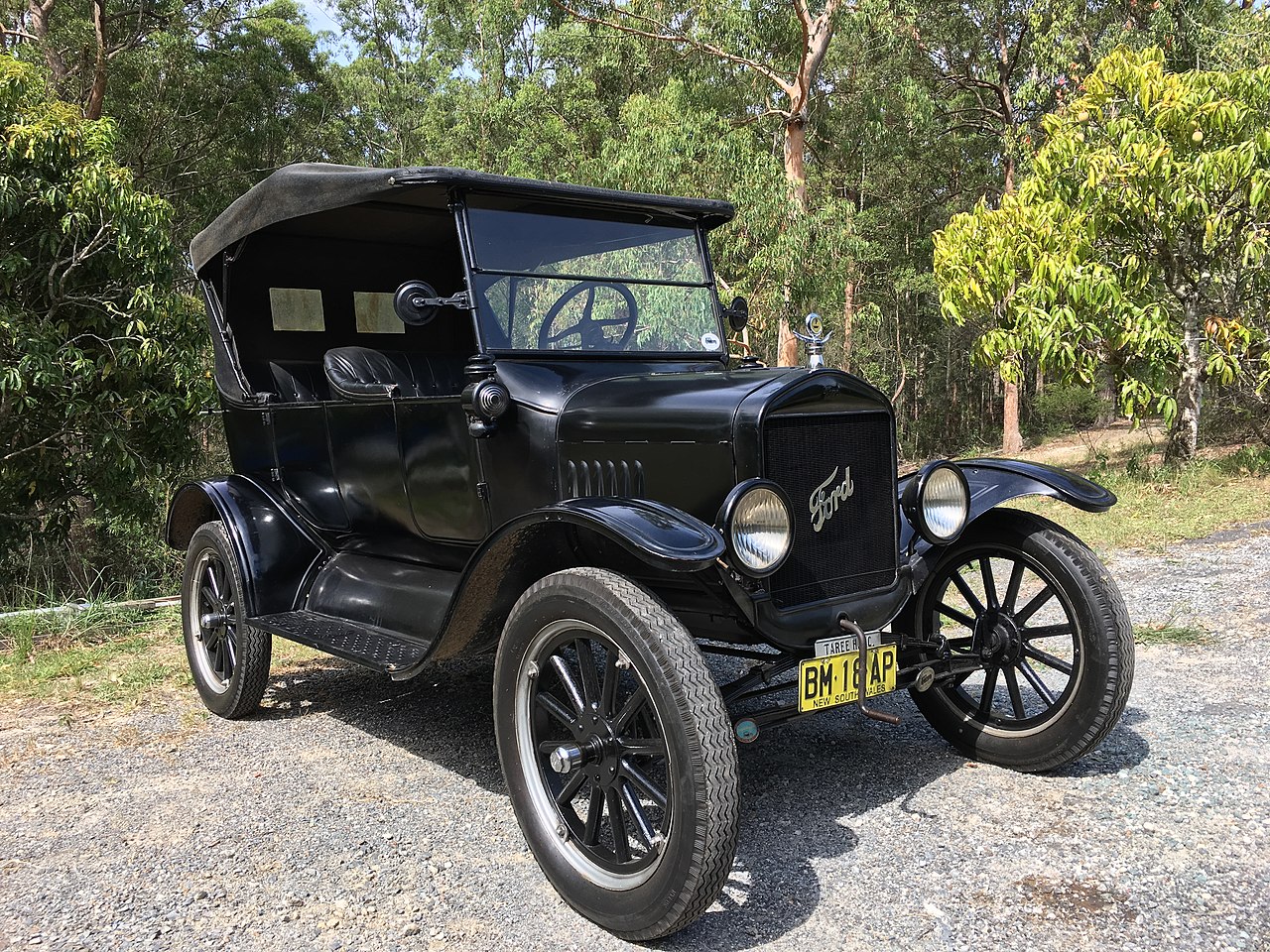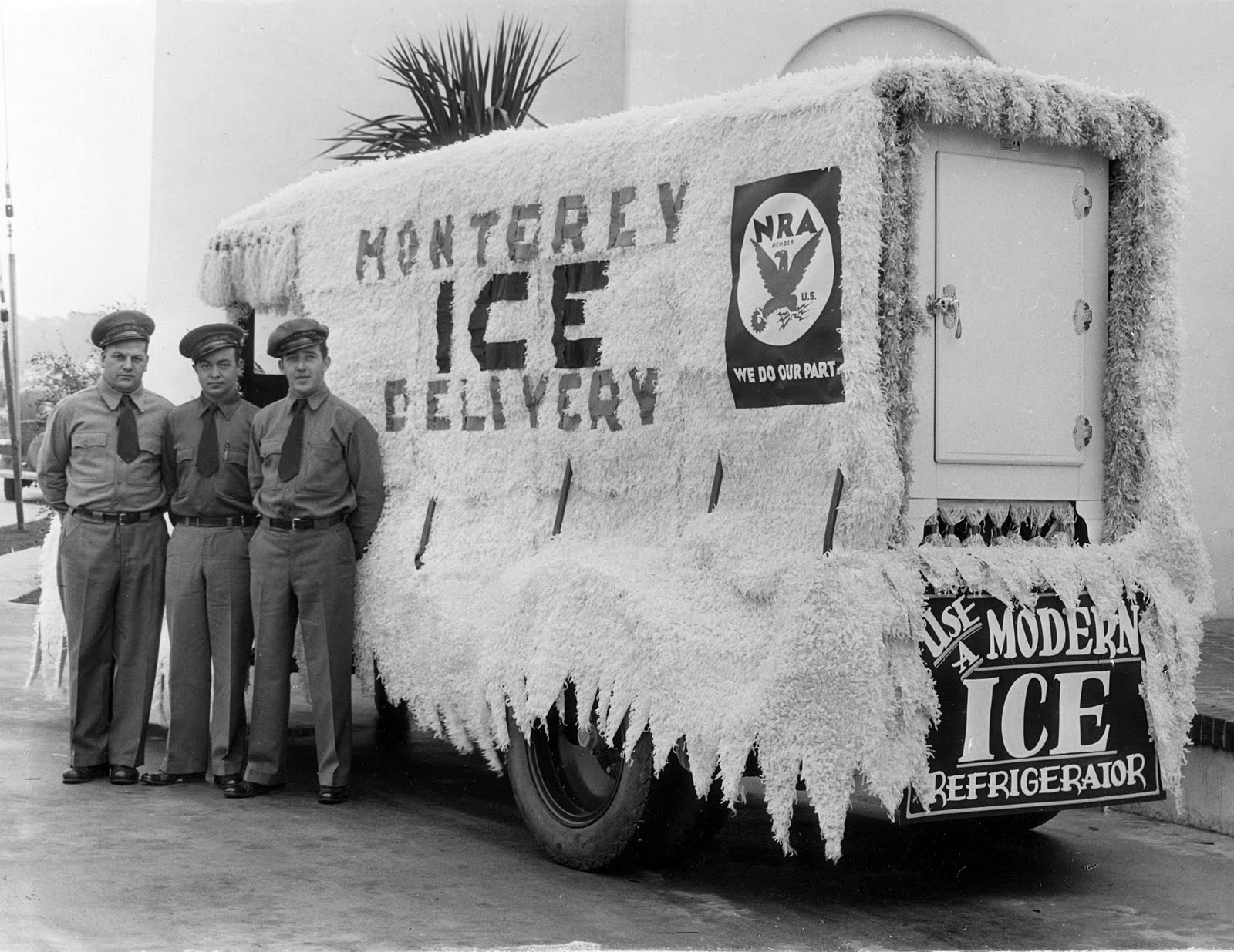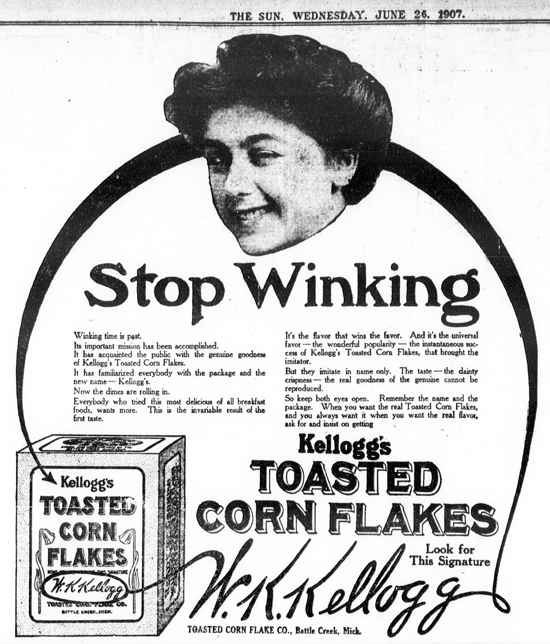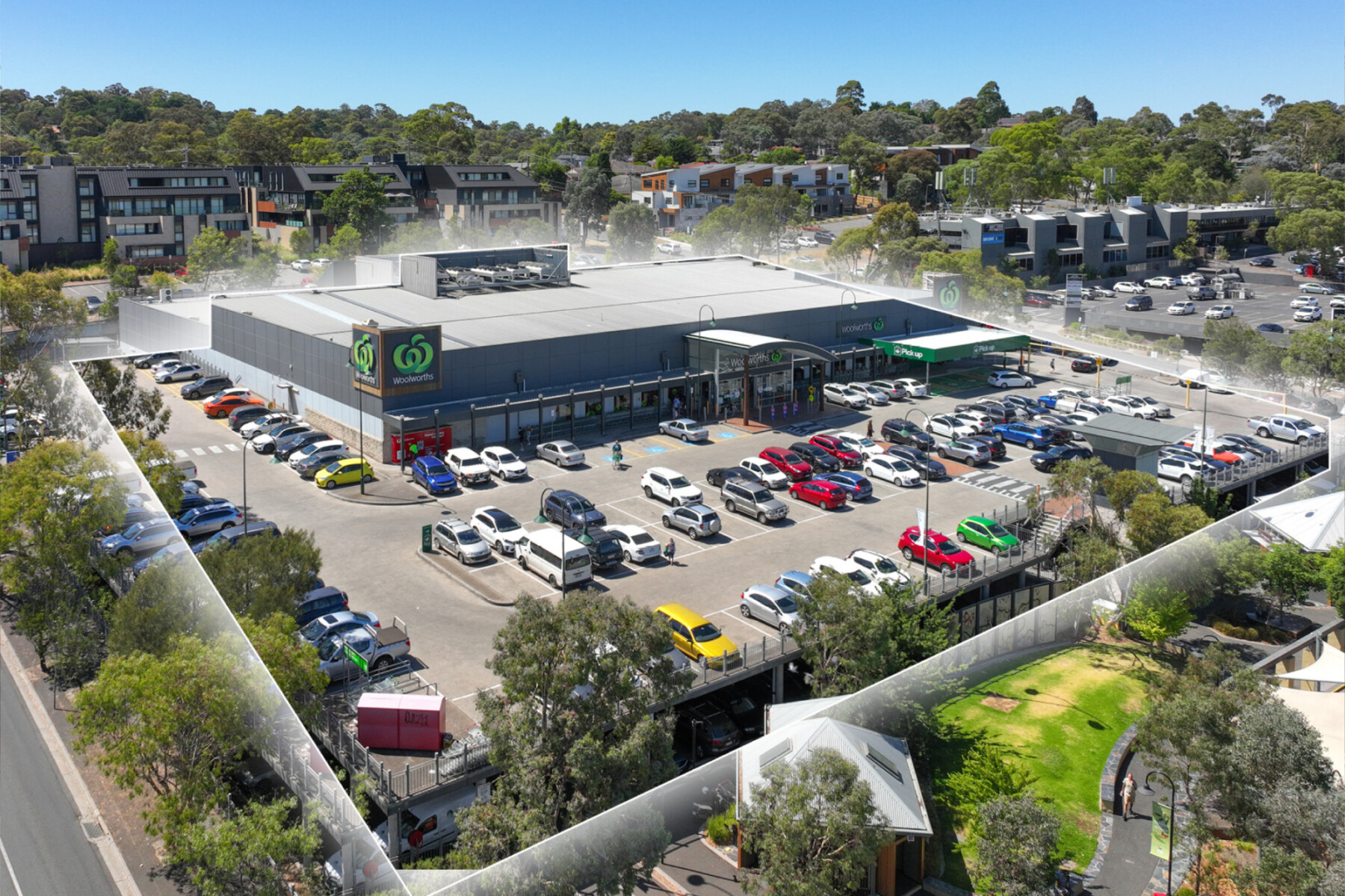The Origins of the Supermarket
For anyone who is under the age of 60, our lives have existed in a world where supermarkets are a normal part of life. We visit them multiple times a week. And if you are anything like me, a large percentage of your income is spent there!
Supermarkets first came into being in the early 20th century. There were lots of new things happening in the world, which made them possible. We are going to look into three major things, that made the supermarket possible!
Cars
Car ownership before 1900 was virtually non-existent. With the introduction of the T-Model Ford in 1908, cars for the masses became a possibility.

In 1914, after the huge success of the T-Model Ford, car ownership in the USA was 17 cars per 1000 people. Car ownership continued to grow until 1929, to a rate of 220 per 1000, before declining due to the Great Depression and WWII.
In 1950, car ownership grew to 323 cars per 1000 people. Assuming each car had at least 4 seats, critical mass was achieved. There was now a seat for everyone in a car. Now we just needed somewhere to go during the week!
Refrigeration
Mechanical refrigeration changed the way food is stored, transported and sold. Entire warehouses are now refrigerated. Refrigeration is also in trucks, trains ships and planes that transport food worldwide. Inside convenience stores and supermarkets, refrigerated cases and display units line the walls and entire isles. This has increased the variety and availability of fresh and frozen food. Refrigeration has also improved food safety by reducing bacteria other nasties which accelerate food spoilage.

Industrialisation of Food
The traditional food market, is a place where consumers would meet with farmers. Humans buy fresh produce, meat and dairy products from the people who made or grow the produce. While they still exist today, they are not very wide spread.
Now, much of the food we buy bares little resemblance to what was grown on the farm.
Will Kellogg founded the Kellogg company in 1906. THe Kellogg’s brothers took the cheap commodity that is corn, and turned it into a very consumer friendly product.
By making the corn kernels into crispy flakes, adding salt and sugar, Corn Flakes were made to appeal to the consumer. The product also has a very long shelf life!
Some very creative marketing then followed. In 1907, Kellogg’s ran an ad campaign which offered a free box of cereal to any woman who winked at her grocer!

Breakfast was changed for ever. Thankfully, marketing and society in general has also moved on
By appealing to the consumer directly through convenience, marketing, taste, cost and gimmicks (who hasn’t wanted a certain type of cereal because of the toy inside the box!) breakfast cereal’s are simply a way of life.
The Supermarket is born
The Supermarket, as we know it today, combines self-service and huge product selection with large car parks. Since the 1950’s supermarkets have continued to evolve.

Next week, we will take a closer look at the supermarkets of today.
- How do they work?
- What keeps people coming back for more?
- How have they become a critical part of today’s society?
- Who are they really serving?